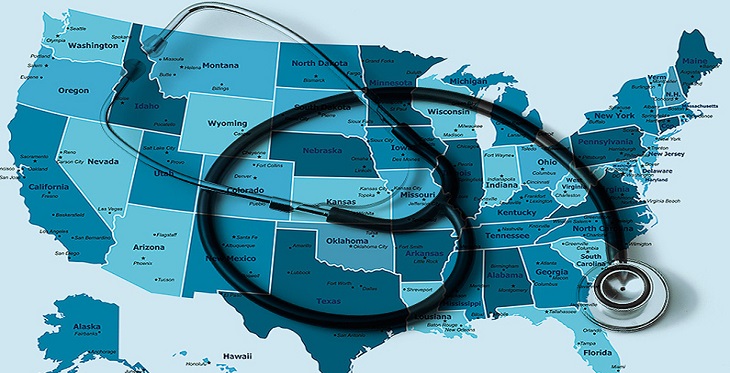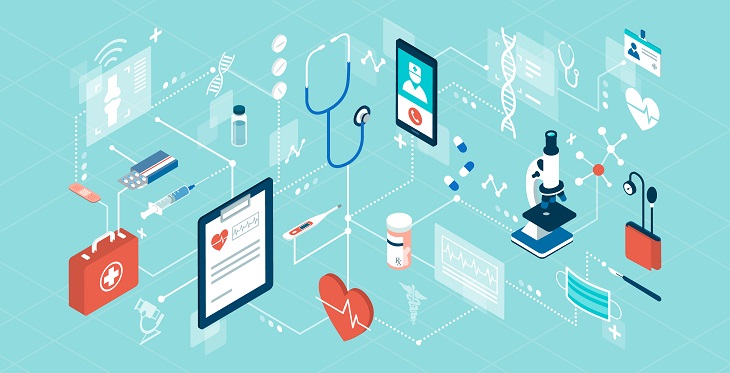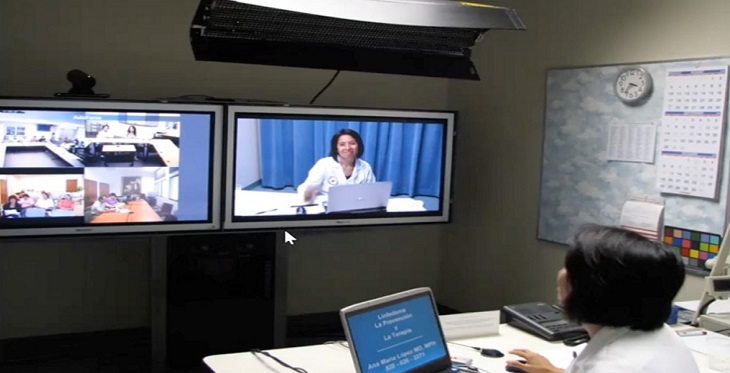Where a person lives shouldn’t dictate the quality of their care

Utah has a population of over 3 million people spread across 82,144 square miles. Rural communities make up a little more than 10% of Utah's population. The details of Utah’s population raise a challenging question for healthcare: How to provide quality and timely care to the 10% of the population living in rural communities?
At Intermountain Healthcare, telehealth is a crucial part of our solution.
The Intermountain telehealth journey began when clinical leadership recognized that Park City Hospital was transferring many critically ill patients to Salt Lake City. The distance is not far, but potentially unnecessary transfers were taking place on mountain roads, during bad weather conditions typical of high-elevation, mountainous regions.










